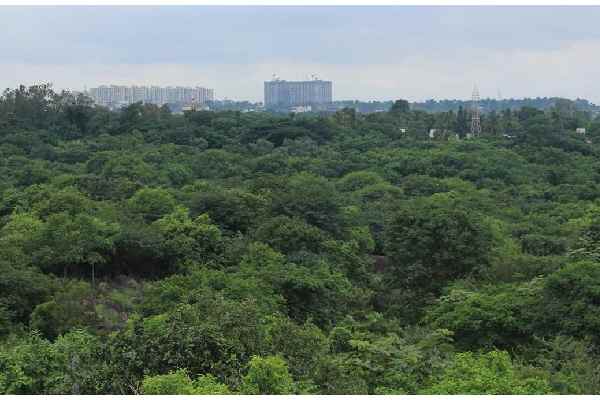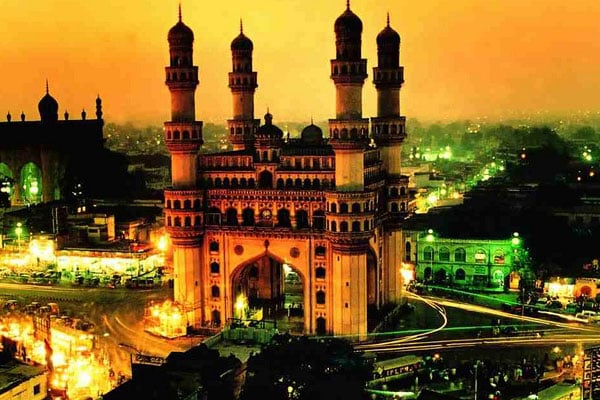Delhi Crisis
Delhi’s severe air pollution crisis has reignited discussions about potentially shifting India’s national capital. Congress leader Shashi Tharoor has sparked a significant conversation by questioning Delhi’s suitability as the country’s administrative center. The city currently ranks as one of the world’s most polluted urban areas, second only to Dhaka, with air quality becoming critically unlivable between November and January.
Legal and Political Constraints
Contrary to the proposed alternative, Hyderabad cannot realistically become India’s national capital due to significant legal and political constraints. The Andhra Pradesh Reorganisation Act of 2014 specifically designated Hyderabad as a temporary common capital for both Telangana and Andhra Pradesh, with a ten-year transitional period ending on June 2, 2024. Following this date, Hyderabad has become exclusively the capital of Telangana, legally precluding its consideration as a national capital.
Strategic Significance of Delhi
New Delhi holds paramount importance as India’s capital, rooted in historical, strategic, and administrative considerations. The city’s infrastructure, political ecosystem, and symbolic significance make it challenging to replace. Political dynamics and regional sentiments strongly favor retaining Delhi as the administrative nucleus of the nation, despite its environmental challenges.
Hyderabad’s Potential
While Hyderabad presents compelling advantages with its strategic location and favorable better environmental conditions than Delhi, it cannot legally or politically supersede Delhi’s status. The city offers attractive features such as better air quality, geographic positioning, and potential for administrative efficiency, but these attributes cannot overcome the fundamental legal and political barriers.
## Environmental Imperative
The escalating pollution levels in Delhi have reached a point that significantly impacts public health and administrative functionality. With air quality deteriorating to levels that discourage outdoor activities and pose serious health risks, the argument for finding solutions becomes increasingly urgent.
## Public Perspective
Social media and public discussions reflect growing frustration with Delhi’s environmental challenges. Citizens are increasingly vocal about the need for sustainable urban governance, though most recognize the complex nature of potentially relocating the national capital.
Future Outlook
The debate surrounding Delhi’s environmental crisis transcends administrative logistics. It represents a critical discussion about urban sustainability, governance efficiency, and the fundamental right of citizens to breathe clean air. While alternative suggestions like Hyderabad emerge, the practical, legal, and political realities continue to affirm Delhi’s position as India’s capital.
Hyderabad’s Pollution Reality
Contrary to perceptions of being a cleaner alternative, Hyderabad itself faces substantial pollution challenges. In 2023, the city recorded an average PM2.5 level of 39.9 µg/m³, dramatically exceeding the World Health Organization’s recommended limits by eight times. Ground-level ozone levels present an equally alarming scenario, with 10 out of 14 monitoring stations surpassing safe limits and 94 nights of excessive ozone recorded. Major pollution sources include vehicular emissions, road dust, and industrial activities, indicating that Hyderabad is not the environmental panacea it might initially appear to be.
The conversation highlights the need for comprehensive urban planning, environmental management, and sustainable development strategies that can address the mounting challenges faced by major metropolitan areas.
-Sanyogita


































